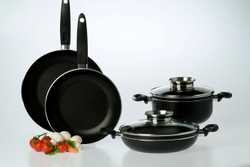- Style: Top freezer
- Dimensions: 66.4 x 32.8 x 34.5 inches
- Measured usable space: 21.9 cubic feet
- Depth: Standard depth
- Dispensers: None
- Finish: High-gloss white
- Price on publish: $989
Best Garage Refrigerators to Suit All Your Food Storage Needs
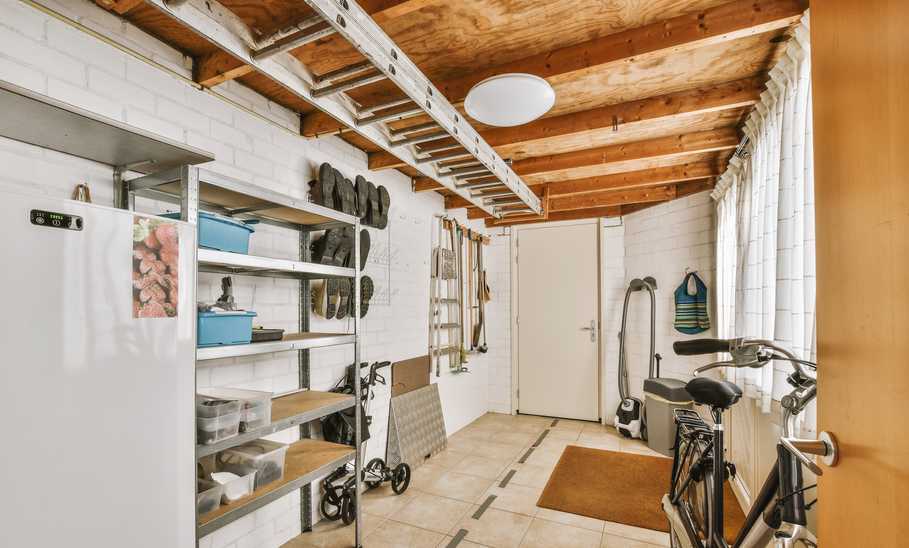
Our evaluations and opinions are not influenced by our advertising relationships, but we may earn a commission from our partners’ links. This content is created by TIME Stamped, under TIME’s direction and produced in accordance with TIME’s editorial guidelines and overseen by TIME’s editorial staff. Learn more about it.
If your kitchen fridge is packed and you’re craving an additional cool oasis that’s out of the way, you could likely benefit from a garage refrigerator. Whether you need it for overstocked groceries for a large family, a drink depot, or party essentials, a garage fridge can be a game-changer. But with so many options on the market, finding the perfect fit can feel overwhelming. This guide will help you navigate through the best garage refrigerators, from space-saving compacts and energy-conscious options, to top-freezer classics and feature-packed wonders. I'll cover all the essentials, helping you choose the ideal fridge to keep your food organized and perfectly stocked for any occasion. Fire up the grill and crack open a cold one from your new garage fridge. Here are some of the best on the market.
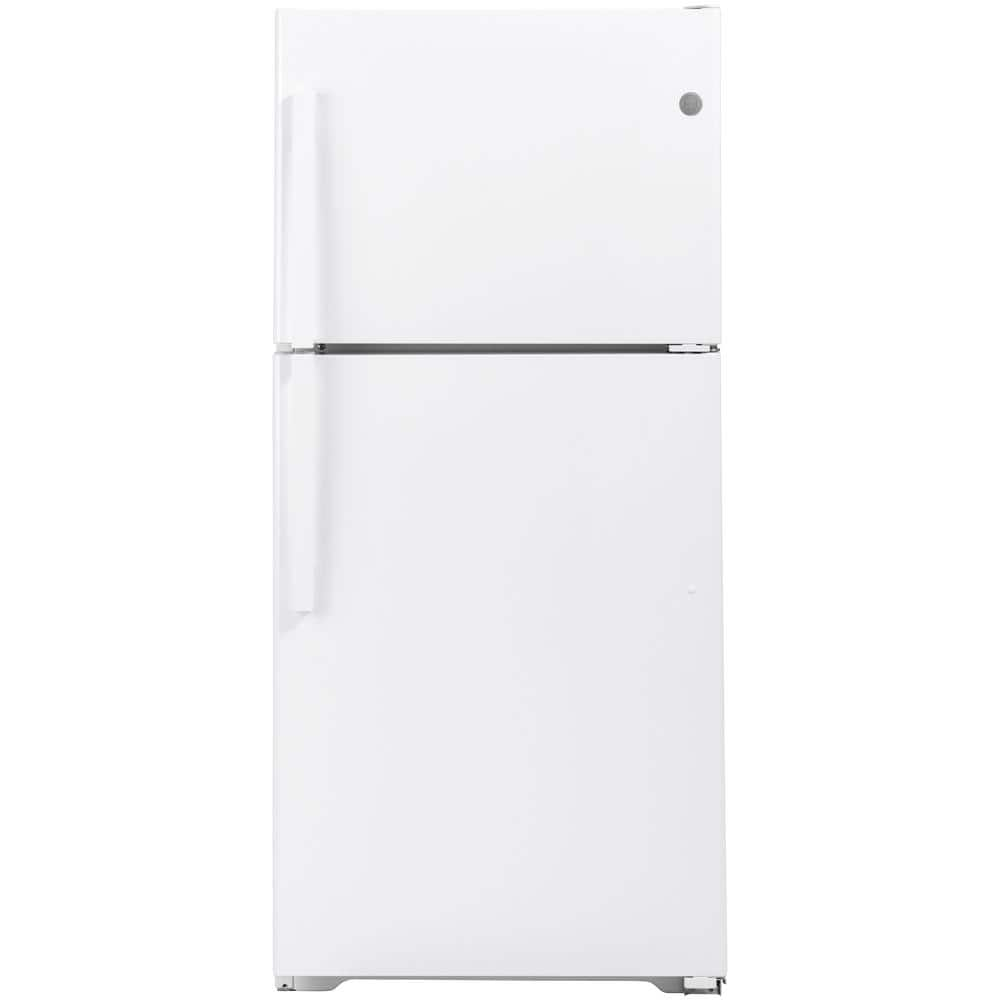
This GE fridge is garage-ready and has a solid reputation for reliability. It comes in a variety of colors and features separate temperature controls for fresh food and freezer sections. Plus, it has a large 15.25 cubic foot fresh-food capacity and 6.68 cubic foot freezer capacity.

This inexpensive model from well-known brand LG is praised online for its spacious interior, good organization options, efficient operation, and overall reliability. It’s ENERGY STAR® certified, has a water dispenser for filtered water on demand, plus an option for an ice maker—a bonus for any garage fridge. It boasts a whopping 23.8 cubic feet of cooling capacity to keep your perishables, well, less perishable.
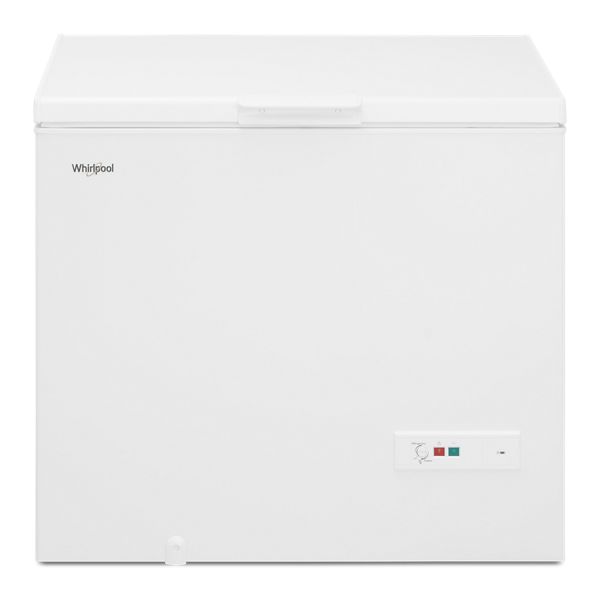
Not only is this garage refrigerator compact, it also can be flipped from refrigerator mode to freezer mode. If your family wants to use it for extra drinks, you can opt for the refrigerator setting. If your family, like mine, has what feels like a metric ton of frozen food at any given time, the freezer option will be great for you. The chest freezer has baskets and an easy-to-reach shelf for your favorite items. It also boasts a Counterbalanced Lid that stays open and in place, making it easy to grab food from this ENERGY STAR® chest freezer. Its low height means you can store a few things on top of it, unlike a full-size refrigerator.
I trust Samsung for my television and other electronics, so I was happy to discover the brand offers great garage refrigerators (and regular refrigerators). This top-freezer is ENERGY STAR® certified, which ensures it meets strict energy efficiency guidelines. Its estimated energy consumption is an annual 345 kWh per year, which is relatively low for a garage refrigerator. In other words, it’ll likely save you money on electricity bills in the long run.
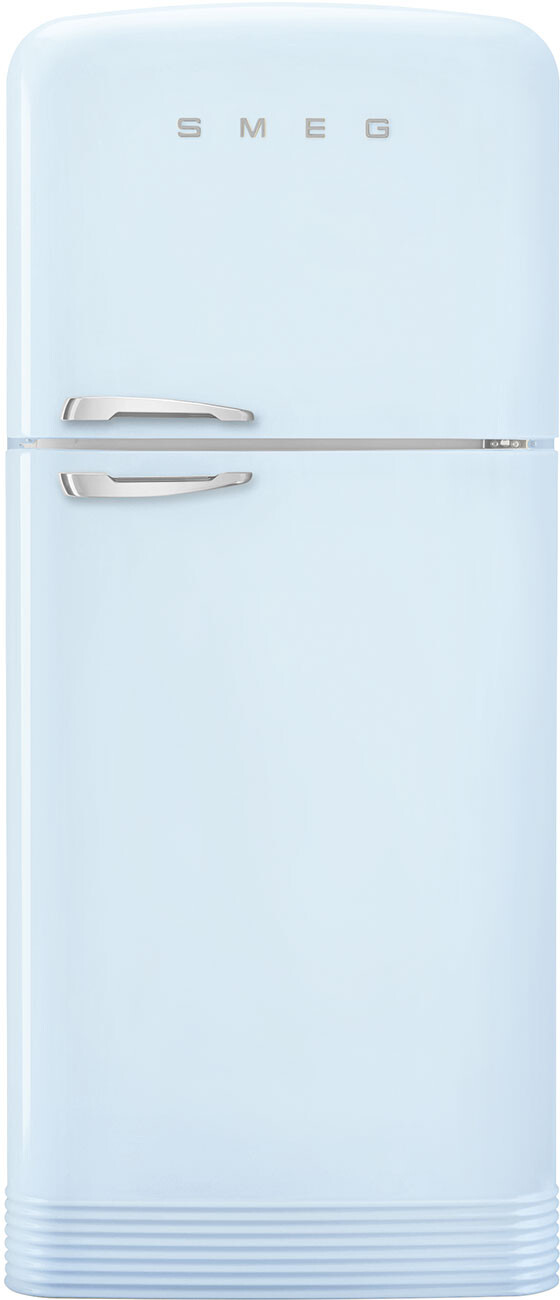
I dream of having a SMEG; its retro sensibility and efficiency is the stuff of refrigeration dreams. The height of chic (to me) is having a garage SMEG, specifically, this one — the largest model in the brand’s retro line, standing at over 6 feet. Its no-frost cooling system prevents ice formation while its economical mode analyzes fridge functioning and optimizes based on the operating cycle.
If you’re looking for an aesthetic upgrade, in addition to a fantastic top-freezer refrigerator with lots of features, including an ice maker, look no further than this one from SMEG.
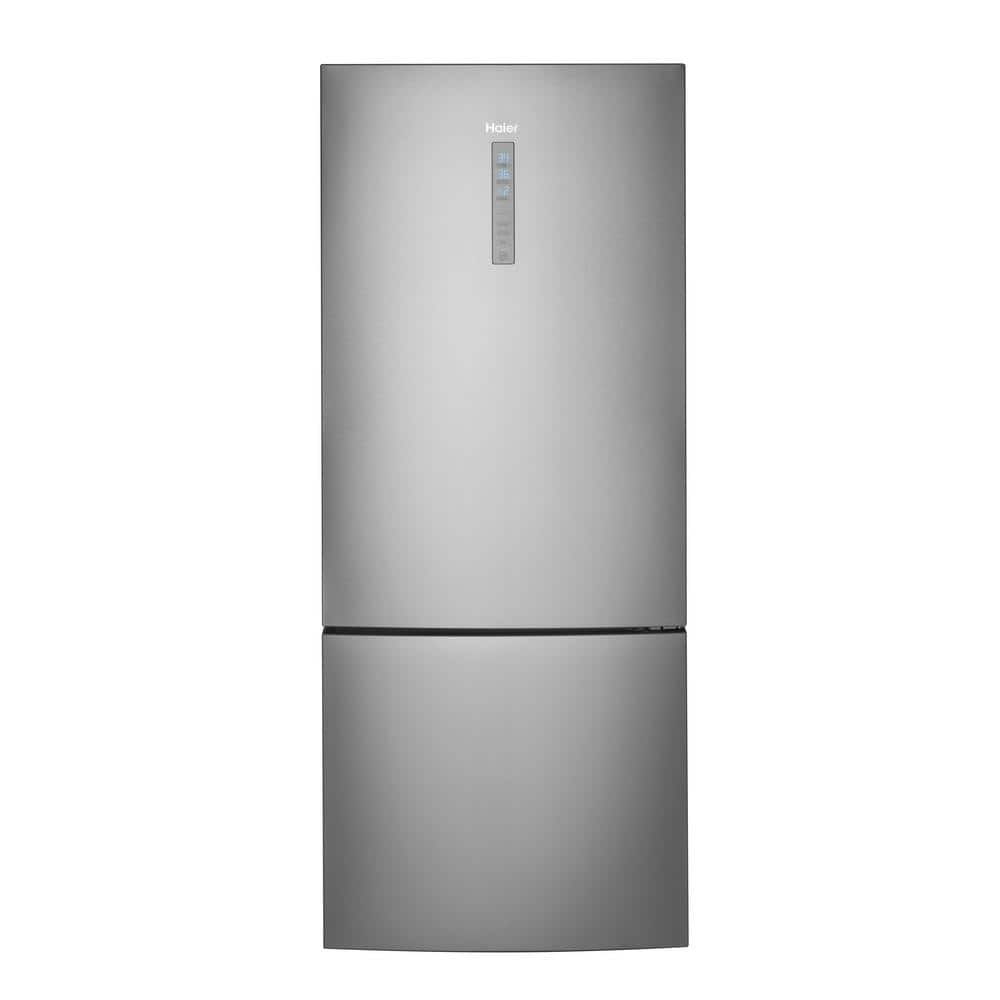
This bottom-freezer refrigerator looks sleek and offers quick cool and freezing for all of your grocery needs. You can choose where you put the hinge of the door, making it useful for a variety of kitchen layouts and sizes. A full-width crisper preserves fresh fruits and vegetables.
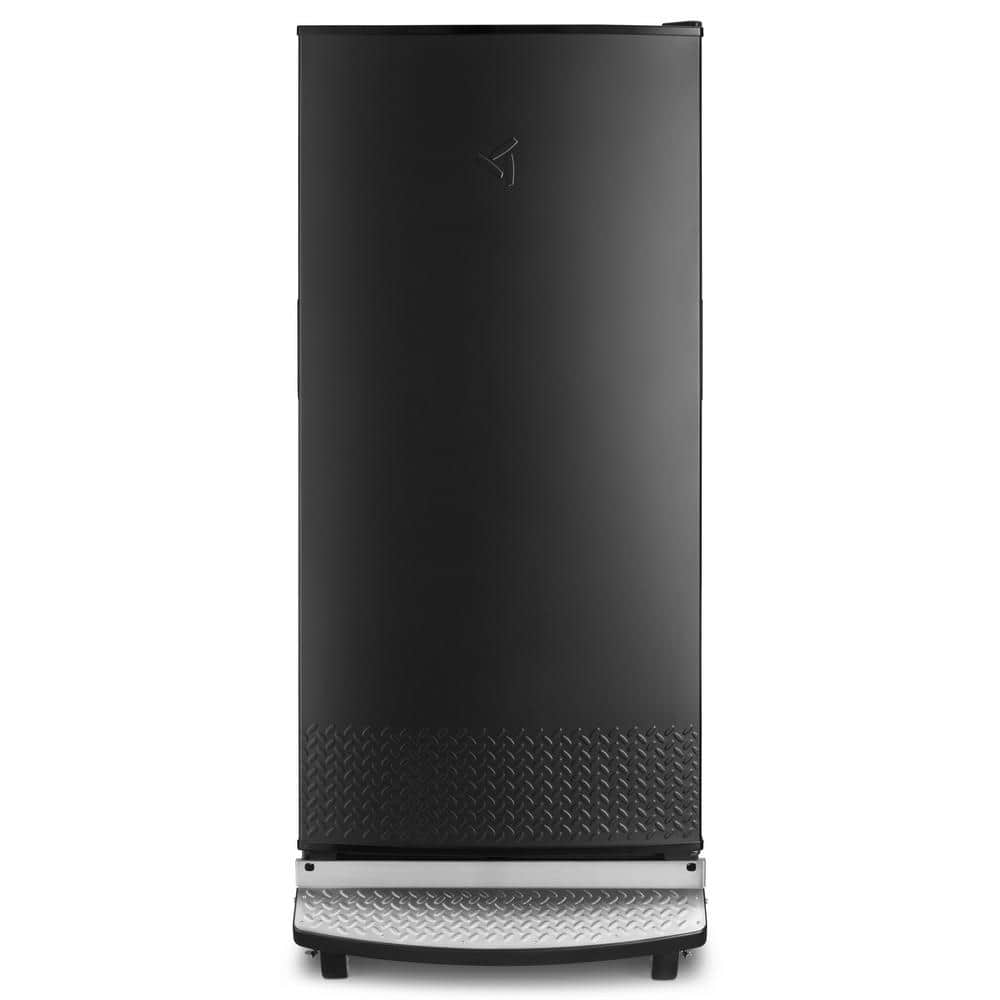
When it comes to the best garage refrigerator for extreme cold, this refrigerator from Gladiator is a popular choice for garages.The industry's only step-to-open all refrigerator makes it easy to open up your fridge when your hands are full of food or a case of beverages. It can withstand temperatures as low as 0 degrees Fahrenheit, making it a good choice for garages in very cold climates. This refrigerator also has a large capacity of 17.8 cubic feet and is designed for commercial use, so it should be very durable. It offers a reversible hinge door, as well.
For extreme cold, whether you live in a warm climate or simply want things frosty, you can’t beat this model from Gladiator in a matte black style.
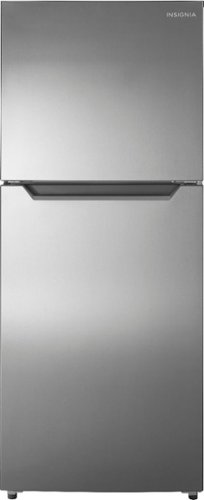
Looking for a good garage fridge, but you’re on a budget? This small and ENERGY STAR® certified refrigerator is perfect for tight spaces or storing extra beverages. It features a reversible door for added convenience. It’s garage-ready and a great price for a fridge of this size.
This garage refrigerator offers a nice price and won’t take up too much space.
I talked to people who are thrilled with their garage refrigerators about why they love them. I also looked at reviews and included a few that were highly rated (4.5 stars plus) on Amazon.
Garage refrigerators come in many different styles and everyone will have a different preference when it comes to the features they’d like. Still, there are a few key features that quality garage refrigerators have. Finally, it was important to include garage refrigerators in a range of designs and price points, to meet the needs of different readers.
Just like when we searched for the best blenders, we prioritized the features. From reversible door hinges to ice and water makers, I sought refrigerators that are garage-friendly, but also offer features that would make an enticing addition to your garage while meeting your food-storage needs, large or small.
I looked for garage refrigerators that function well in a large range of climates and conditions.
Just like shopping for espresso machines or quality air fryers that are the right fit and price, I looked for refrigerators at a range of budgets to suit a variety of needs.
I looked at customer reviews to get a sense of what people had to say about each of the garage refrigerators from how well it cooled, to its energy efficiency.
When shopping for a garage refrigerator, like choosing a great dishwasher, there are several factors to consider to ensure you choose the one that best suits your needs. Here, some key things to keep in mind as you shop.
Consider how much extra storage space you need. Measure your available space to ensure the refrigerator will fit.
Decide if you need a freezer section or just a dedicated refrigerator.
Do you need a can dispenser, ice maker, or water dispenser? These features may not be necessary for everyone and can impact efficiency.
Consider your garage's temperature fluctuations. Garage-ready refrigerators are designed for wider ranges (0-110 degrees Fahrenheit) than standard models (35-40 degrees Fahrenheit).
Garage refrigerators may use more electricity than kitchen models due to the wider temperature range they need to maintain. Look for ENERGY STAR® certified models for better efficiency.
Garage environments can be tougher on appliances. Choose a model with a strong build and quality materials.
Consider features like adjustable shelves and easy-to-clean surfaces.
Garage-ready refrigerators tend to be slightly more expensive than standard models. Set a budget before you shop.
If noise is a concern, consider the refrigerator’s decibel rating.
A garage refrigerator, also sometimes called a garage-ready refrigerator, is a refrigerator specifically designed to withstand wider temperature fluctuations than a standard refrigerator. This allows them to function in environments that get much hotter or colder than a typical kitchen, like an unheated or not-constantly-climate-controlled garage.
While a garage refrigerator can withstand wider temperatures, it's still best to put it in a place with good conditions for efficiency and longevity. Here are some factors to consider when choosing a location for your garage refrigerator.
Look for a spot in your garage that experiences less dramatic temperature swings. Ideally, place it in an area that doesn't get too hot in the summer or too cold in the winter.
Avoid placing the refrigerator next to your water heater, furnace, or any other heat-generating appliance.
You want to consider places where there’s no moisture. Place the refrigerator on a level, stable surface that can support its weight.
Look for one with a wider temperature range. Standard refrigerators are designed for kitchen temperatures, typically between 35 degrees Fahrenheit and 40 degrees Fahrenheit. Garages can experience much wider temperature swings, especially in extreme climates. A garage-ready fridge will have a wider operating range, often functioning efficiently between 35 degrees Fahrenheit and 100 degrees Fahrenheit.
Consider an auto-defrost model. Frequent temperature fluctuations in a garage can lead to frost build-up in a regular fridge. An auto-defrost model eliminates the need for manual defrosting, which saves you time and effort.
This depends on your climate and needs. If you live in a region with moderate temperatures and only plan to store drinks or overflow items, a standard fridge might do the job just fine.
Garage refrigerators can use more electricity than refrigerators placed in kitchens for a couple of reasons. They maintain a wider temperature range. Standard refrigerators are designed for a limited temperature range, typically between 35 degrees Fahrenheit and 40 degrees Fahrenheit. Garage-ready refrigerators have to work harder to maintain consistent internal temperatures due to the much wider temperature fluctuations they experience in a garage environment potentially from 0 degrees Fahrenheit to 110 degrees Fahrenheit. This can cause the compressor to run more frequently to maintain the desired temperature. This can significantly increase energy consumption.
Whether you should unplug your garage refrigerator in the winter depends on a few factors. If temperatures stay above freezing, there's no need to unplug the refrigerator. You can keep it running to maintain your stored food and drinks. If they drop below freezing, consider whether you have a modern or older refrigerator. Most modern garage-ready refrigerators can handle freezing temperatures (down to 0 degrees Fahrenheit) and will continue to function properly. Unplugging wouldn't be necessary for these models. Older garage refrigerators, or ones not specifically designed to handle freezing temperatures, might malfunction if left plugged in during a freeze. In this case, unplugging might be a good idea to prevent damage.
If you plan on using the garage refrigerator throughout the winter, even if occasionally, then it's best to keep it plugged in to maintain food safety and avoid spoilage. Unplugging the refrigerator will save some electricity, but consider the effort of replugging it when needed and the potential for food spoilage if the power goes out while it's unplugged.
Garage-ready freezers, like garage-ready refrigerators, can potentially use more electricity than freezers placed in kitchens for similar reasons. Standard freezers are designed for a limited temperature range, while garage-ready freezers can function properly in much colder and hotter environments. This wider range means the compressor may need to work harder to maintain consistent internal temperatures, despite the fluctuating temperatures in a garage. If your garage gets very hot or cold, the freezer will need to work even harder to keep the inside cold. This can significantly increase energy consumption.
The information presented here is created by TIME Stamped and overseen by TIME editorial staff. To learn more, see our About Us page.
